The first time that we had ever heard of today’s destination was when we were traveling for a day trip to Sète and the train announcement said that the next stop would be what sounded to us like “Ah-guh-duh”; three syllables for only four letters. A neighbor happened to be on the same train and while we were stopped at the station said to us, with a wink and a nod, “You know, there’s a nude beach here”. No, I can’t say that we knew that. Heck, we didn’t even know how to pronounce it! That was close to five years ago and since then we’ve learned that with about 500 beaches, campgrounds, and other naturiste places, France is the number one destination in the world for clothing-optional activities. However, that was not what drew us to this place on the Hérault river (photo above) that the Greeks in 650 BC called “Agathé Tyché” that translates to “Good Fortune”.
To get started with a recorded history of 2600 years we followed the city walking map (pdf link below) to the ramparts near the Tourist Office. While most of what we could see dates from medieval times, there is one wall of cut lava blocks that made up part of the defenses from the 4th century BC. In this same area is the fountain La Belle Agathoise from 1858 and the starting point of an art walk at the Gallery of the Black Pearl. This is an idea that we’ve seen successfully developed in other cities where unused downtown retail space is offered to artists at attractive prices that become creative spaces appreciated by residents and visitors alike.
On the walk to our next destination we stopped at the Renaissance Hôtel Viguier Guérin built in 1598. The Tourist Office says that this is the only private mansion in town not made from the local volcanic basalt. The street terminates at the highest point in the city and was where the Greeks first settled. In 1680 an underground cooler was created to store winter ice for use later in the warmer months, giving it the current name Place de la Glacière. We knew about these ice houses from a visit to the town where one of our friends grew up.
The map next directed us to “stroll through a treasure trove of historical, picturesque streets” noting buildings such as Hôtel Baldy from 1538, Hôtel Albaret built in 1649 with a smiling cat above the entrance, and La Maitrise street with hidden gardens, 14th century doorways, and a concealed “murder hole” through which defenders could drop boiling oil on attackers.
For a more peaceful setting we moved onto Cathedral St. Etienne although it too knew some war-filled days. Construction began in 872 with heavy fortifications added in 1173 that included thick walls with only small holes to let in light. Those were enlarged in the 15th century and then stained glass was added in the 17th century.
Built in 1651, halfway between the cathedral and the port, the two centers of power at the time, is Consular House. Within its 3 floors is a large hall that was used for fairs and markets and embedded in the stone wall to prevent tampering is an iron “measured meter” that merchants used as a standard for their work.
While the wealthiest citizens of Agde were worshiping at the cathedral, the less well off were likely to have been at the oldest religious site in town, St. André church, built in 1525 on the foundations of a basilica from 506, or if they were a fisherman at St. Sever from 1499.
Although we couldn’t go into Villa Laurens, a mansion from 1898 that’s being restored, we could at least see some of the Art Nouveau furniture that was created specifically for the home. It’s currently housed at the Jules Baudou Agathois museum that highlights daily life in Agde across the centuries.
We are both fans of mystery writer Agatha Christie and she even helped us solve today’s riddle: why Agde sounds to us as if it has 3 syllables. Over the centuries, the original Greek designation of “Agathé Tyché” was shortened to “Agathé” and then to its current spelling of Agde. In French, the first name of “Agatha” is spelled “Agathe” that sounds to us like “Ah-guh-tuh”. It certainly was our good fortune, or in Greek, Agathé Tyché, to have discovered another charming French town.






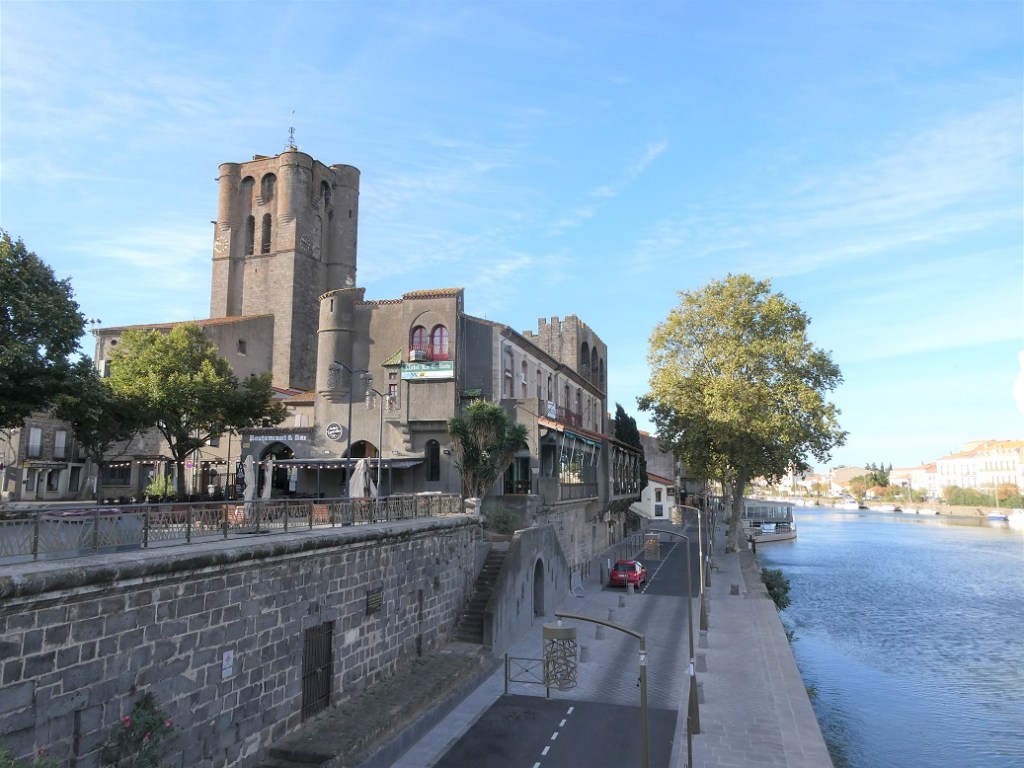
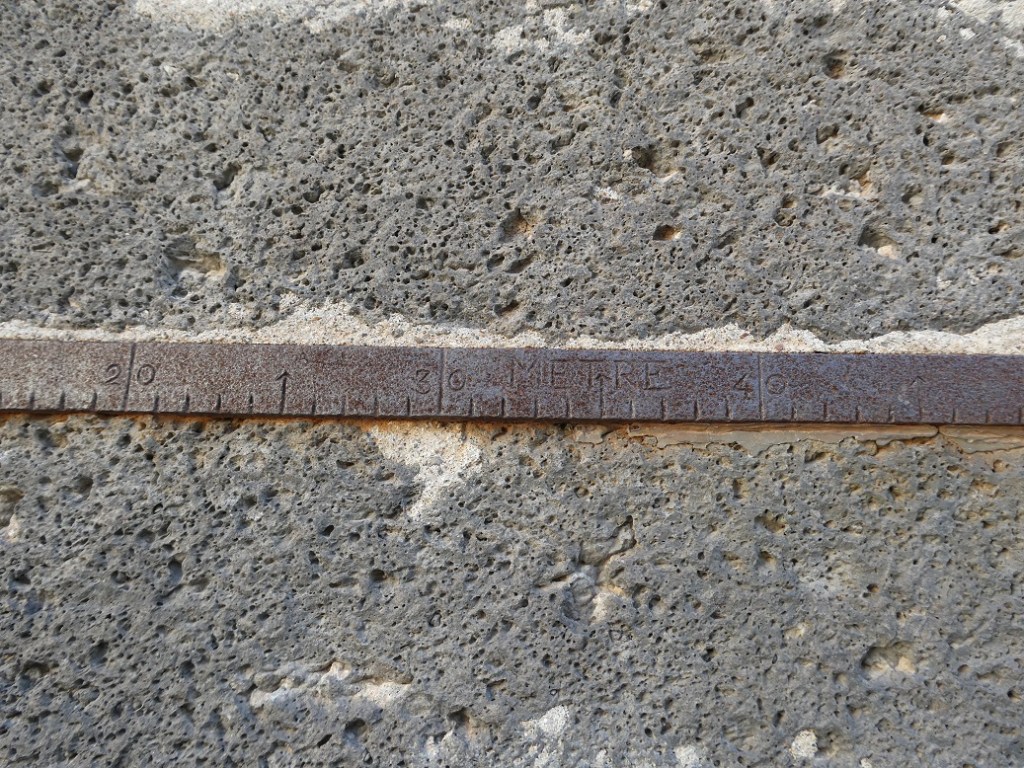

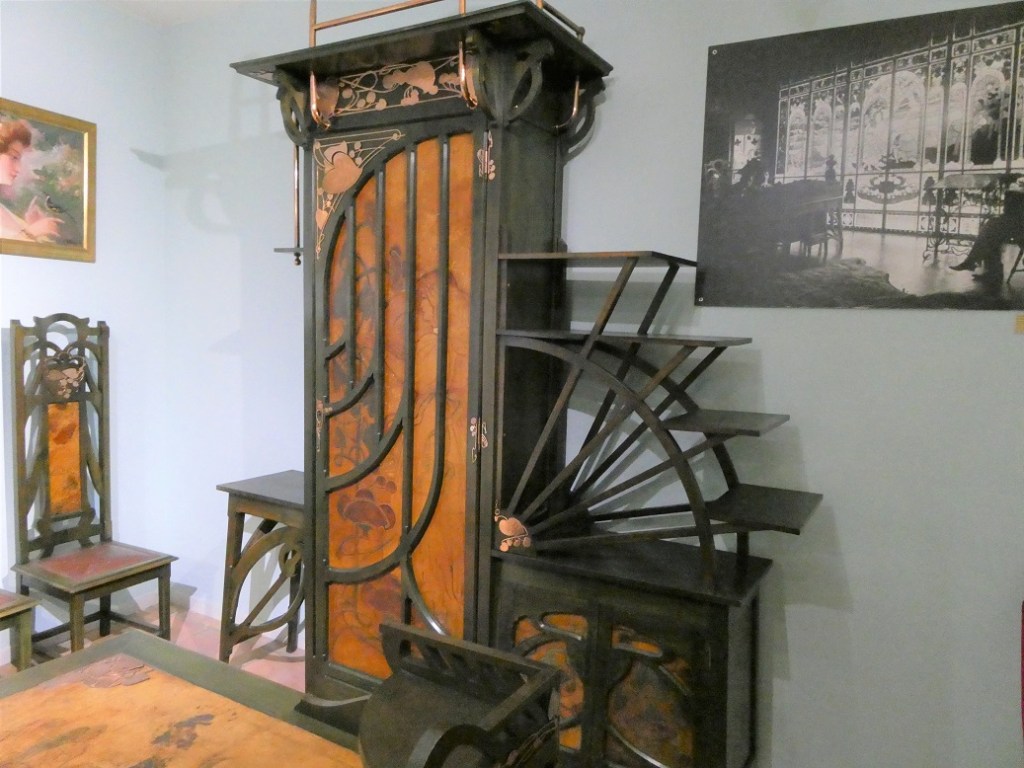

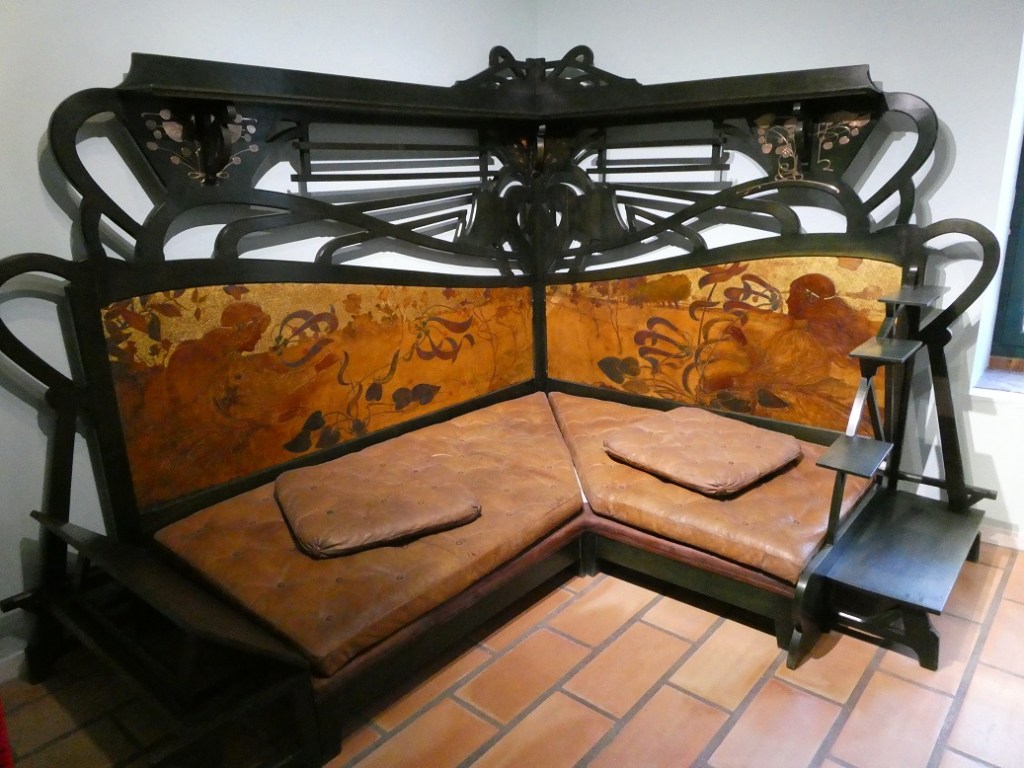
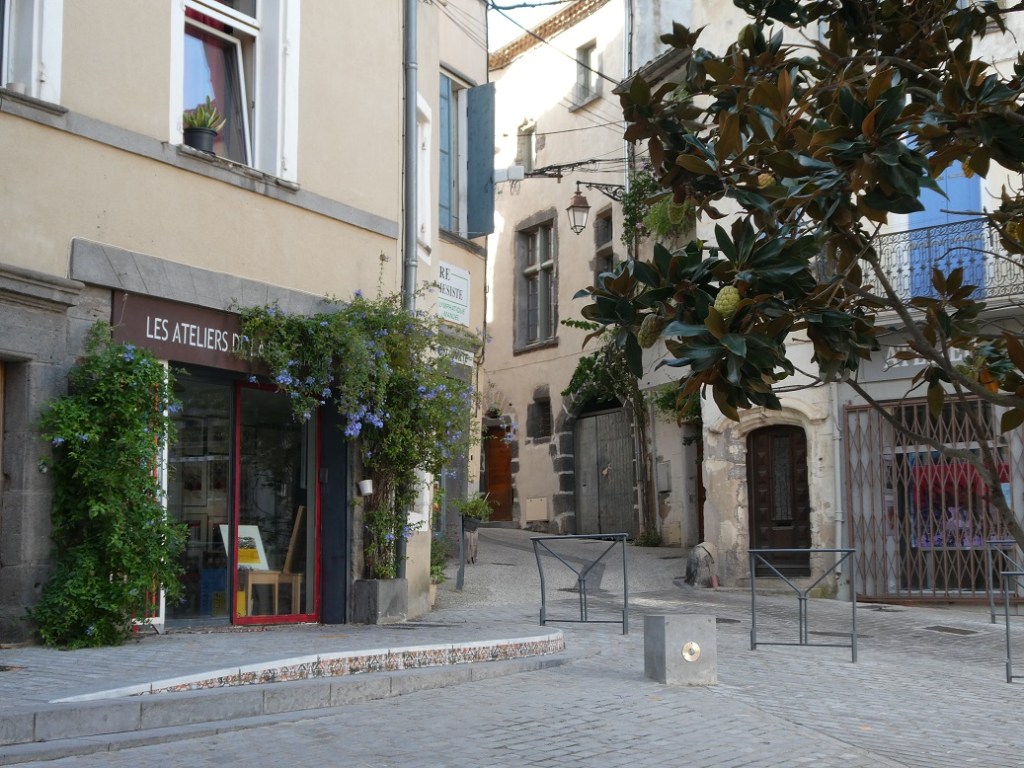

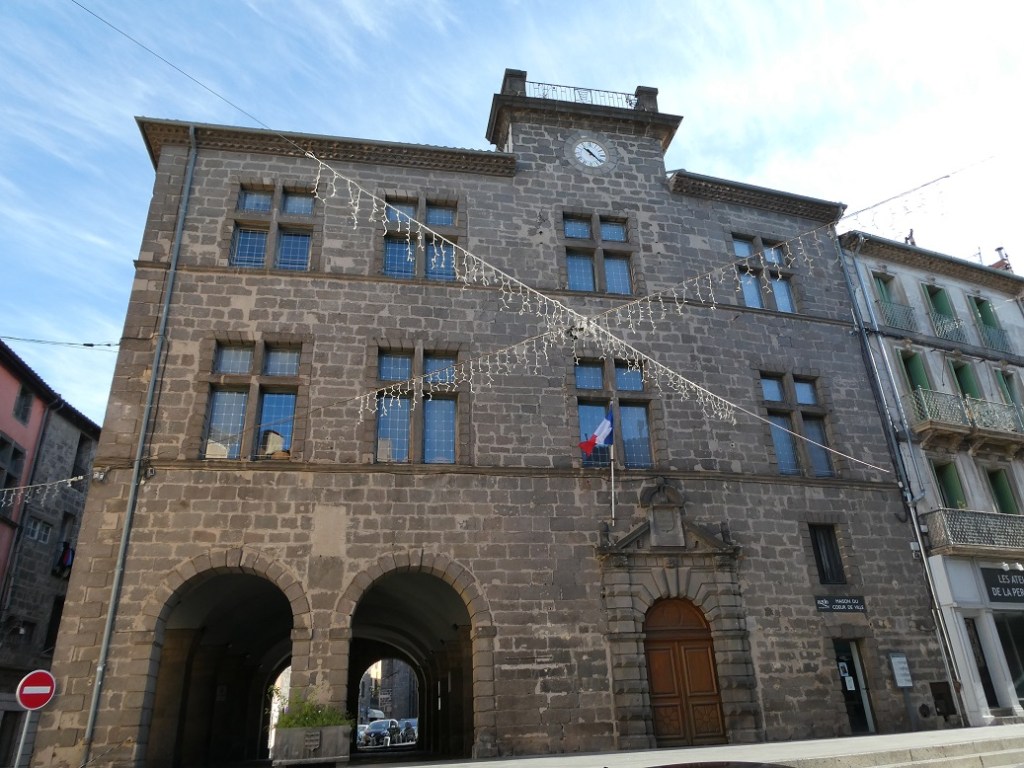

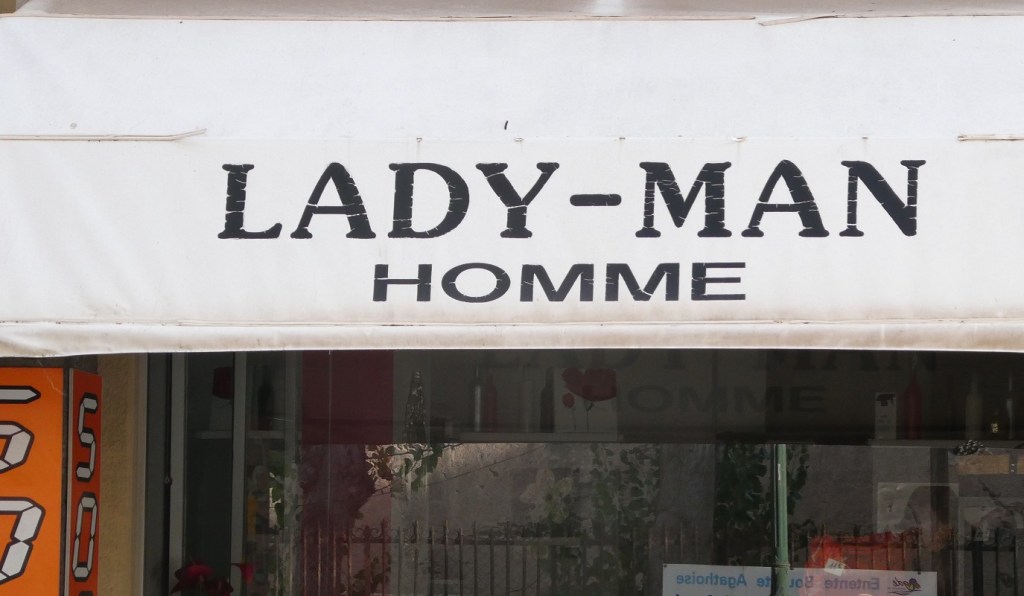

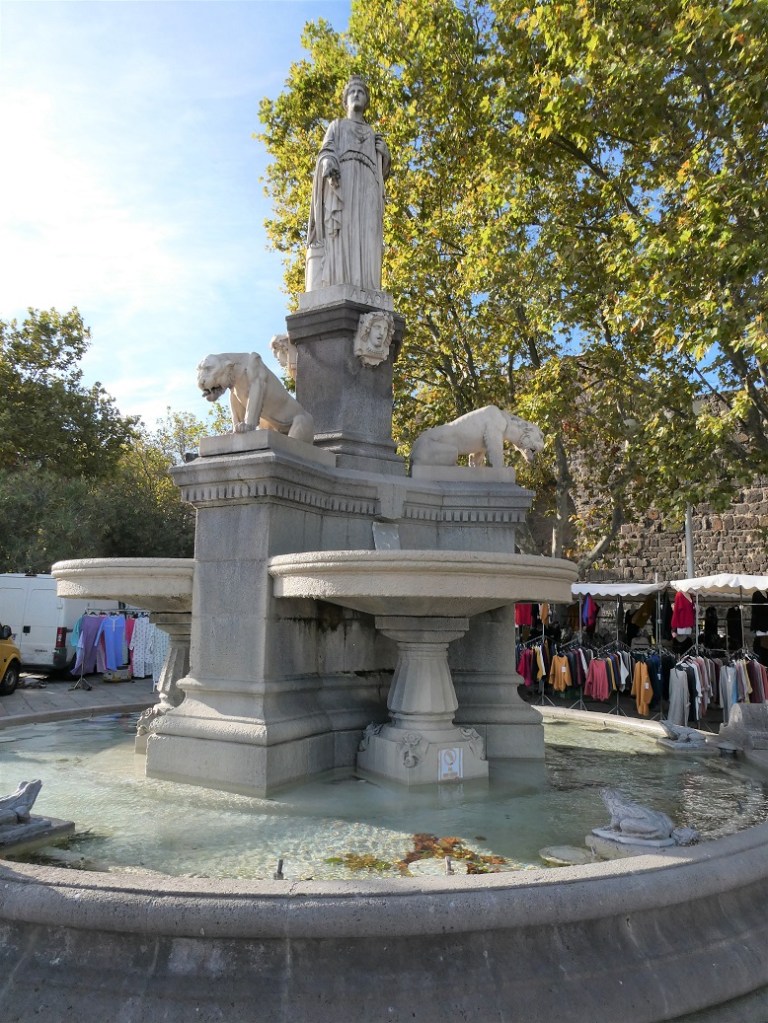
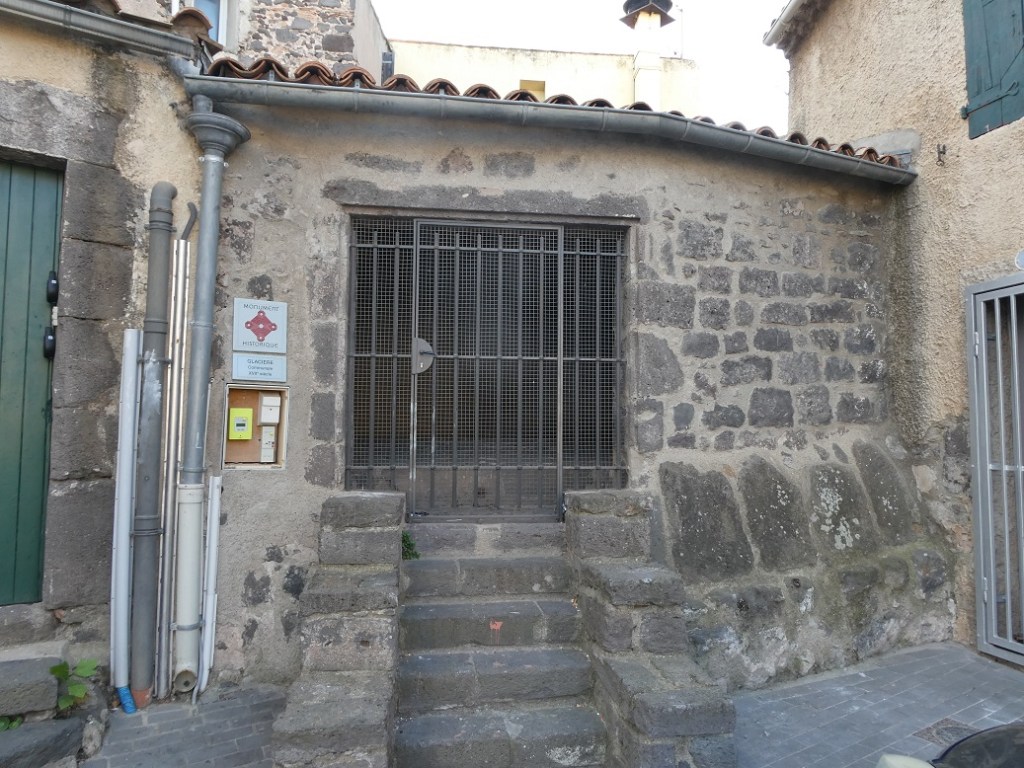


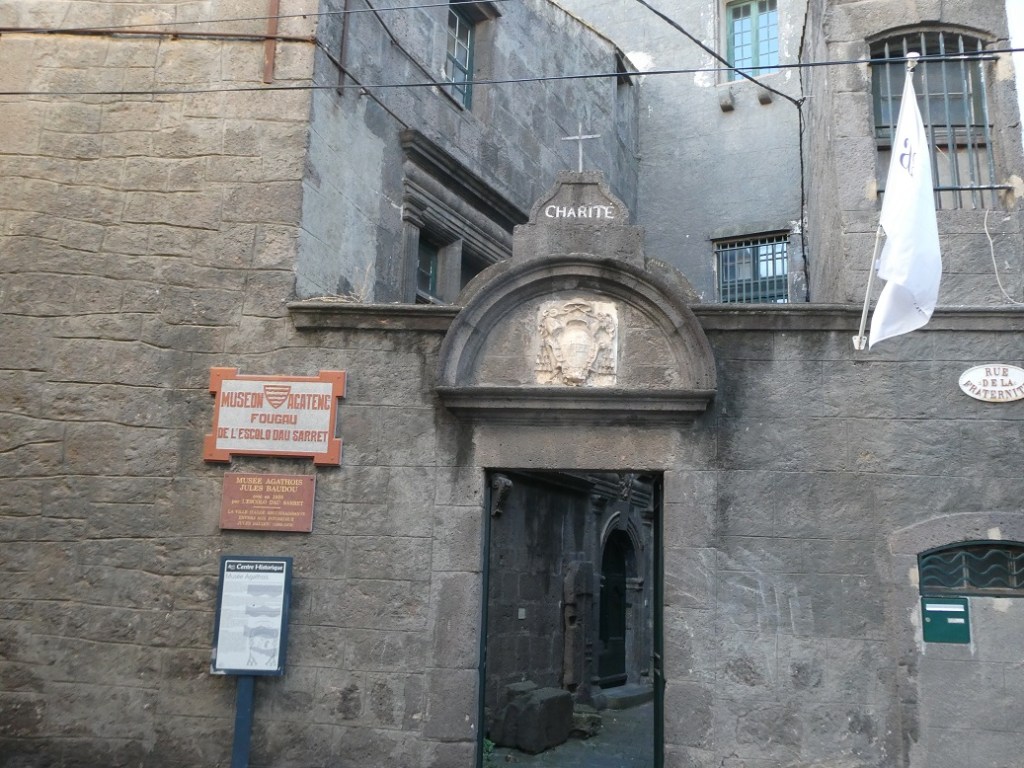

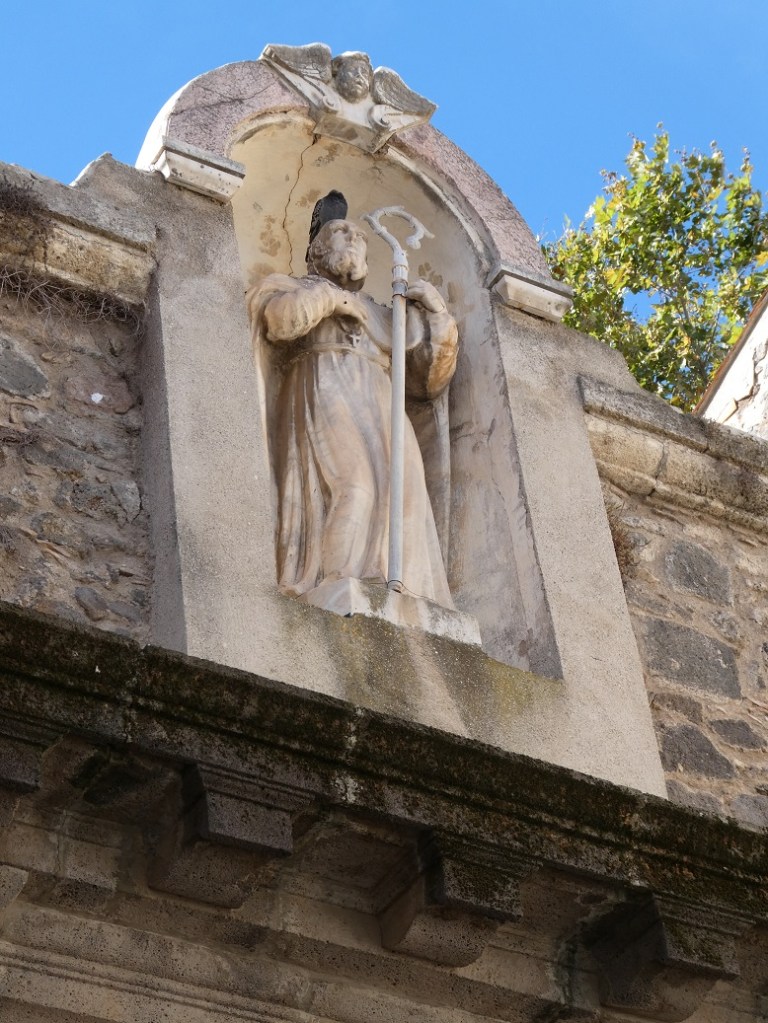
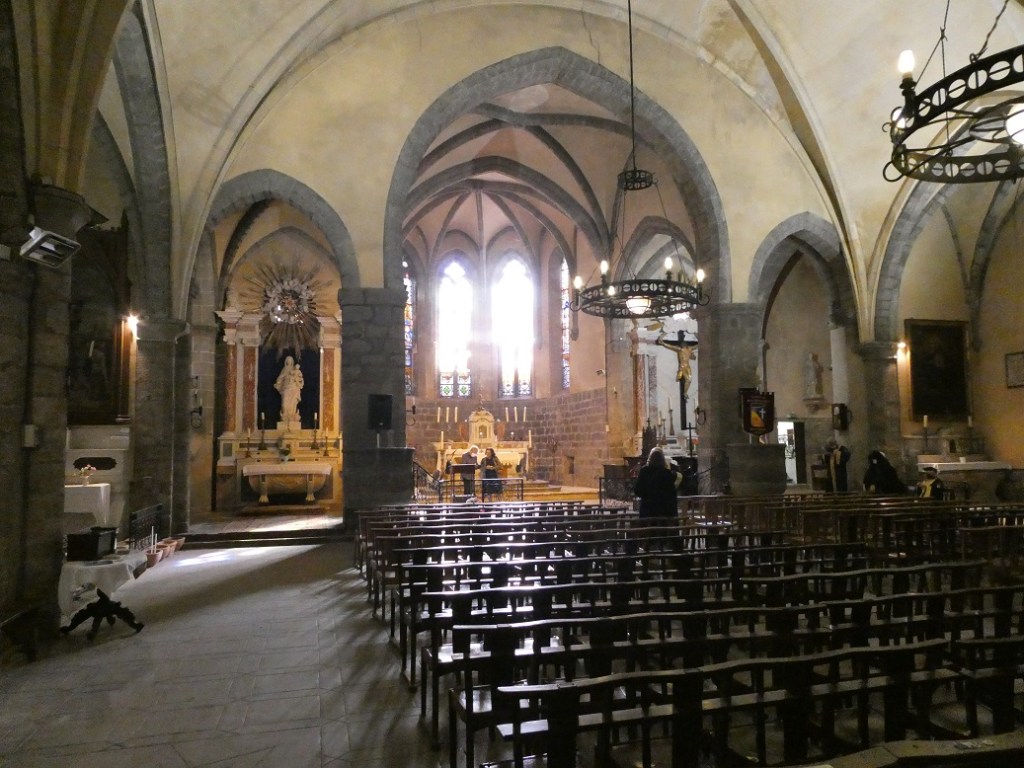


Hello Bill and Bob,
thank you both for yet another gem of a french place!
Nice to hear about your adventures visiting various places. I for one have never had Agde on my radar.
I usually sit down after your posts and look into it a little more.
Happy 2nd Advent this sunday.
LikeLiked by 2 people
Much enjoying your day trips
LikeLiked by 2 people
That is such an interesting place and mind boggling how old it is. That was a great summary of that town.
LikeLiked by 2 people
You’ll have to add that to your places to visit. Don’t forget your bathing suit!
LikeLike
We’ve had several happy holidays in Agde. It’s a favorite place – the town is fascinating and we like the slight grittiness of it – not so picture postcard as some other villages so a nice change. The setting, and the antiquity, are the icing on the cake! Thanks for the tour through your eyes.
LikeLiked by 2 people
Hello. Speaking of Christie: Have you read Sleeping Murder? I read it last month. It’s a good one. Miss Marple does her thing in this book.
LikeLiked by 1 person
Oh yes, we do know that novel. I’ve been in two houses where I was certain that hidden behind the wallpaper we’d find a door, just as in the book.
LikeLiked by 1 person